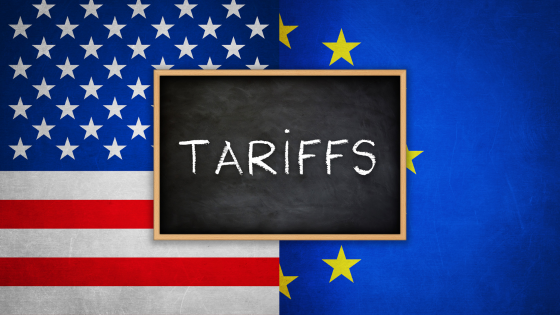Tariff policies play a crucial role in shaping a country’s trade relations, industrial growth, and economic strategy. Both India and China, two of the world’s largest emerging economies, have adopted different approaches to tariffs based on their economic priorities and global trade objectives. While China has built its strength on export-led industrialization, India has historically followed a more protective approach to encourage domestic industries. Comparing the tariff policies of these two nations provides valuable insight into their trade philosophies, global competitiveness, and economic ambitions.

Overview of Tariff Policies
A tariff is a tax imposed on imported goods to protect domestic industries, generate revenue, and regulate trade. China’s tariff system has evolved over the past few decades, especially after joining the World Trade Organization (WTO) in 2001. The country reduced its tariffs significantly to integrate with the global economy and attract foreign investment. India, on the other hand, has maintained relatively higher tariffs to protect its local industries and farmers, although it has also made gradual reductions since the 1990s economic reforms.
China’s Tariff Policy Approach
China’s rapid industrialization is closely tied to its open trade policies. After joining the WTO, China lowered its average tariff rate from over 15% in the early 1990s to around 7.5% in recent years. This reduction allowed China to become the “world’s factory,” encouraging foreign companies to manufacture goods there. The government strategically imposed lower tariffs on raw materials and machinery needed for manufacturing while keeping higher tariffs on luxury goods or non-essential imports.
China also uses tariff adjustments as a diplomatic and economic tool. For instance, it has imposed retaliatory tariffs during trade disputes, such as with the United States during the 2018–2019 trade war. However, in general, its low-tariff strategy has boosted exports and turned China into the world’s largest exporter. The policy focus has been on promoting competitiveness, efficiency, and global supply chain integration.
India’s Tariff Policy Approach
India’s tariff structure reflects its goal of protecting domestic industries, particularly in sectors such as agriculture, textiles, and manufacturing. After the economic liberalization of 1991, India gradually reduced import duties, but it still maintains one of the highest average tariff rates among major economies. The average applied tariff rate in India stands at around 15%, which is nearly double that of China.
The Indian government often uses tariffs as a tool to support its “Make in India” initiative — encouraging local production and reducing dependence on foreign goods. For example, India has increased import duties on electronics, toys, and certain food products to promote local manufacturing. At the same time, tariffs on raw materials and inputs for industries are kept lower to make production more affordable.
Unlike China, which focuses on export-driven growth, India’s tariff policies prioritize domestic market development and self-reliance. The “Atmanirbhar Bharat” (Self-Reliant India) campaign launched in 2020 further reinforced this approach, with the government using tariffs to protect key industries from external competition.
Key Differences Between India and China
Average Tariff Rates:
China maintains relatively low tariffs to encourage trade and export growth, while India’s tariffs are higher to protect local industries.
Trade Objectives:
China’s policy is export-oriented, focusing on global competitiveness, whereas India emphasizes import substitution and domestic industrialization.
WTO Alignment:
China has largely aligned its tariffs with WTO commitments, while India often uses the flexibility allowed under WTO rules to protect its sensitive sectors.
Economic Strategy:
China leverages low tariffs to attract foreign investment and build global manufacturing hubs. India, on the other hand, uses tariffs to create local job opportunities and promote small-scale industries.
Response to Trade Conflicts:
China has strategically used tariffs during trade wars, while India primarily adjusts tariffs to balance trade deficits or safeguard domestic producers.
The Road Ahead
As global trade dynamics evolve, both countries are rethinking their tariff strategies. China is now focusing more on domestic consumption and technological innovation, which may lead to adjustments in its tariff structure. India, meanwhile, aims to integrate more deeply into global supply chains but must balance this with protecting its local economy.
Conclusion
India and China’s tariff policies reflect their distinct economic paths and priorities. China’s low-tariff, export-driven model has powered its rise as a global manufacturing giant, while India’s higher-tariff, protectionist stance seeks to strengthen domestic industries and promote self-reliance. Both strategies have their strengths and challenges, but as the world economy becomes increasingly interconnected, finding the right balance between openness and protection will be key for both nations. In the future, how India and China adapt their tariff policies will significantly shape their roles in the global trade landscape.
